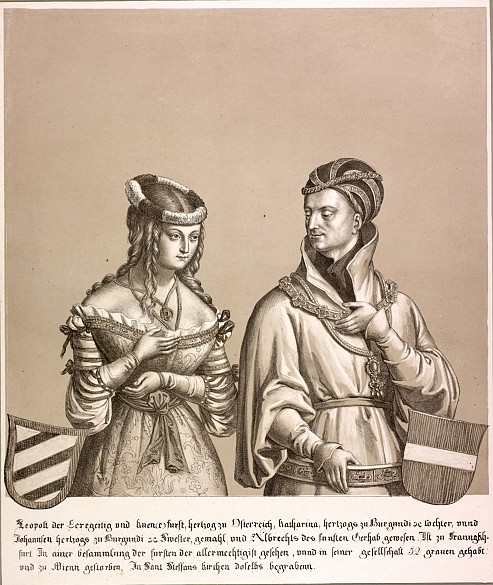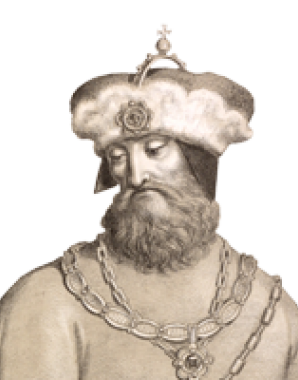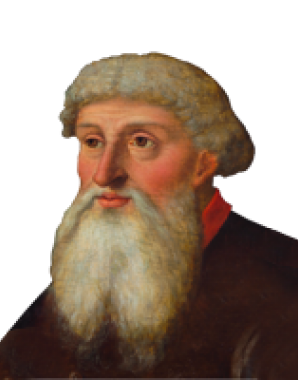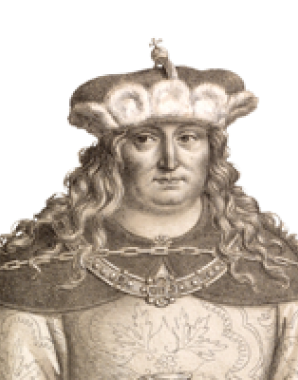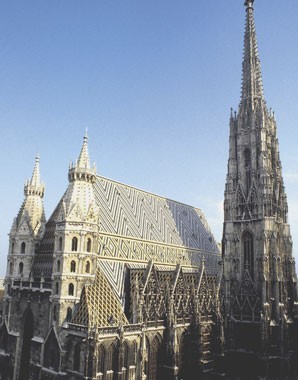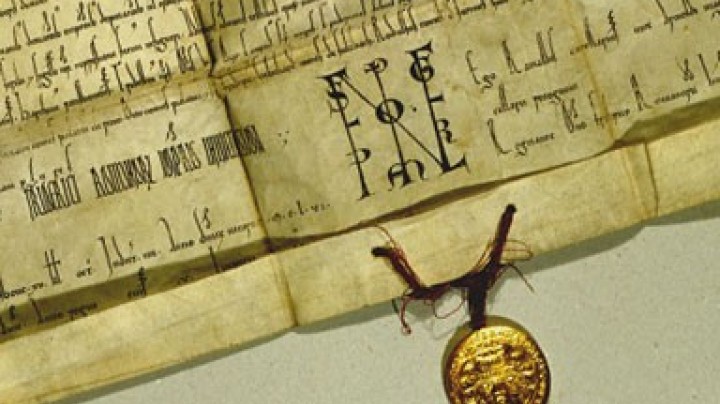Leopold IV: Alone against the world!
Duke Leopold IV was one of the main protagonists in the fraternal strife ensuing from the division of the dynastic line in the late Middle Ages.
Leopold IV was the second son of Duke Leopold III, the founder of the Leopoldine branch of the House of Habsburg, and his wife Viridis from the Visconti dynasty of Lombardy.
Aged just fifteen when his father was killed in the Battle of Sempach in 1386, Leopold together with his brothers recognized the authority of his uncle Albrecht III as head of the dynasty as a whole. In his younger years his scope of activity was for the time being limited to the Forelands, the ancestral dynastic possessions, where together with his brother William he managed to restore the position of the dynasty following the failed campaign waged by their father.
When following the death of Albrecht III it became increasingly evident that there would be further divisions within the Leopoldine line, Leopold succeeded in securing the regency over Tyrol and the Forelands. However, he had to share it with his younger brother Frederick. An almost unimaginable multitude of limitations and new regulations governing their joint rule over the Habsburg dominions reinforced the rivalry between the brothers and weakened their sovereign power in favour of the Estates.
In 1406, following the death of their eldest brother William, the division of the Habsburg lands was regulated anew on the initiative of the Estates. However, this provided new fuel for potential conflicts: Leopold, now the eldest of the brothers in the Leopoldine line and overall head of the dynasty, received together with his younger brother Ernest sovereign power over Styria as well as Carinthia and Carniola, while Frederick as the youngest brother was assigned Tyrol and the Forelands.
The situation was further complicated by the fact that Leopold and Ernst were made joint guardians of the seven-year-old Albrecht V, heir to the Albertine line that commanded the Duchy of Austria. Leopold was to rule Austria and Ernst over Styria.
Leopold and Ernest soon clashed over questions of authority that started from the issue of whether the Pitten Mark (that is, the regions around Wiener Neustadt and Neunkirchen which today form the south-eastern part of Lower Austria) belonged to Austria or to Styria. This developed into a civil war-type situation when the confrontation between the two brothers started to force the nobility and the towns of the land to take sides. This turmoil came to a head in Vienna, which sided with Duke Ernest and where the mayor, Konrad Vorlauf, had some of Leopold’s followers executed. In retaliation Leopold had the mayor and a number of leading functionaries in the city government beheaded in July 1408.
In order to prevent the situation escalating any further the Estates launched an attempt at mediation with the sanction of King Sigismund, the head of the Holy Roman Empire, in 1409. This compromise provided for the guardianship over Albrecht V to be granted jointly to Leopold and his brother Ernest until Albrecht reached the age of majority, which was determined to be in the year 1411, and for the brothers to receive equal shares of the revenues from Austria.
However, both guardians sought to delay handing over sovereignty to Albrecht. As a result, members of the Estates seized the young prince, abducted him to Eggenburg in Lower Austria and declared him to have reached the age of majority. Albrecht, who saw this as his only chance to free himself from the clutches of his guardians, took an active part in his own abduction. The corpulent Leopold is said to have suffered a stroke out of rage at the high-handed actions of the Estates and died the very next day.
The body of the 40-year-old Habsburg was interred in the ducal crypt of St Stephen’s Cathedral in Vienna.
He married Catherine of Burgundy (1378–1425), daughter of Duke Philip the Bold, in 1393. The marriage was without issue.
